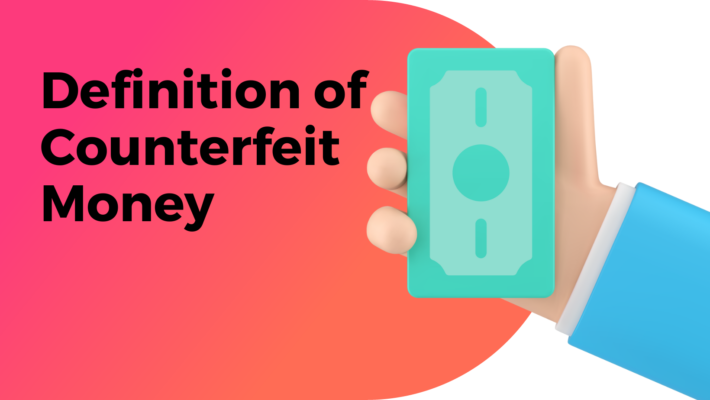No products in the cart.
Counterfeit Money
What is counterfeit money?
Counterfeit money, often called fake currency or forged banknotes, poses a significant threat to the financial integrity of economies worldwide. As technology advances, so do the methods employed by counterfeiters, making it crucial for individuals and businesses to be vigilant. In this article, we will explore what counterfeit money is, how it is produced, and its implications on the economy and society.

Definition of Counterfeit Money
Counterfeit money is a fake currency that is produced with the intent to deceive and defraud. It mimics the appearance of genuine banknotes or coins, but it lacks the intrinsic value and security features that make legitimate currency identifiable and trustworthy. Counterfeiters aim to pass off these replicas as genuine money to make unauthorized transactions and, in turn, gain real value.

Methods of Counterfeit Production
Counterfeiters employ various sophisticated techniques to reproduce currency, taking advantage of technological advancements. Some standard methods include:
- Digital Printing: High-quality digital printers and scanners replicate the intricate details of genuine banknotes, including color, texture, and security features.
- Offset Printing: Counterfeiters may use offset printing, a technique similar to that used in legitimate currency production. This involves transferring ink from a metal plate to a rubber sheet and then to paper.
- Chemical Alteration: Criminals may alter lower-denomination bills to make them appear as higher denominations by using chemicals to remove ink or modify the printed details.
- Intaglio Printing: This method involves creating raised printing plates to produce a tactile texture on the counterfeit money, mimicking the feel of genuine currency.
Impact on the Economy and Society
The circulation of counterfeit money can have severe consequences on both the economy and society:
- Economic Losses: Counterfeiting leads to economic losses as businesses and individuals unknowingly accept fake currency, losing real value.
- Loss of Trust: The prevalence of counterfeit money erodes public trust in the monetary system, making it more difficult for people to rely on the authenticity of the currency in circulation.
- Increased Security Measures: Governments and central banks invest heavily in developing and updating security features to stay ahead of counterfeiters. This expenditure contributes to the overall cost of maintaining a stable and secure currency.
- Legal Consequences: Individuals caught using or producing counterfeit money face severe legal consequences, including fines and imprisonment.
As technology advances, the battle against counterfeit money continues to evolve. Public awareness, education, and the implementation of advanced security features are crucial in the ongoing effort to protect economies from the detrimental effects of counterfeit currency. Staying informed about the latest security measures and being vigilant in verifying the authenticity of money are critical steps in safeguarding against the deceptive practices of counterfeiters.

